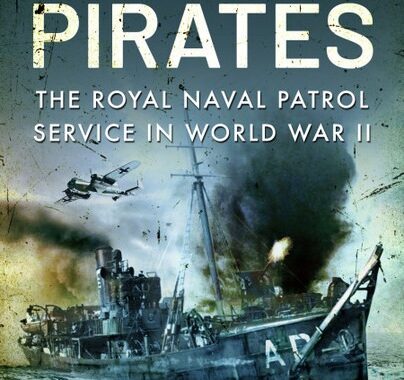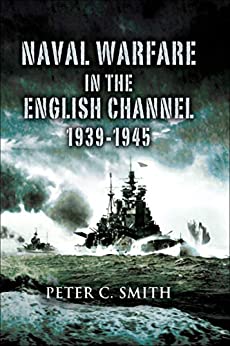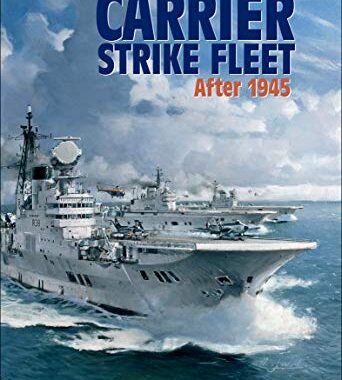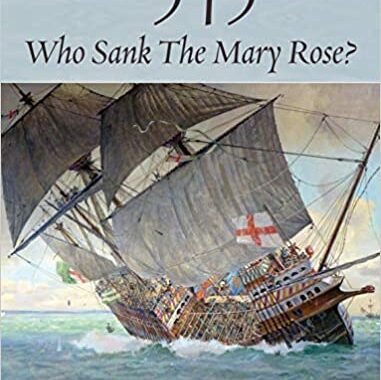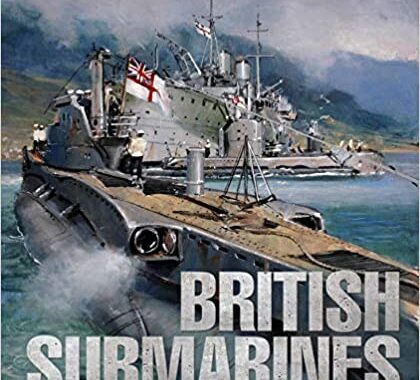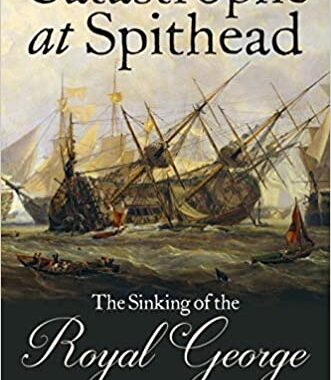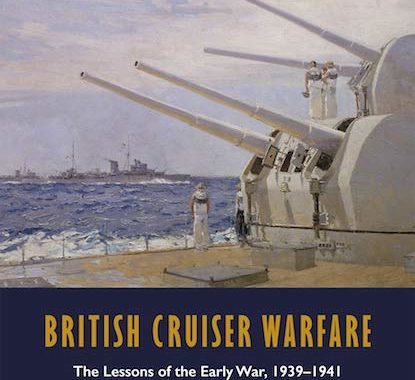Churchill’s Pirates: The Royal Naval Patrol Service in World War II
Reviewed by Ingo Heidbrink With more than 1500 craft operating during World War II the Royal Naval Patrol Service (RNPS) was a fleet of substantial size, but as these craft were mainly converted trawlers, fuel carriers, and motor launches with some corvettes and sea plane tenders it is also a fleet often overlooked by naval

